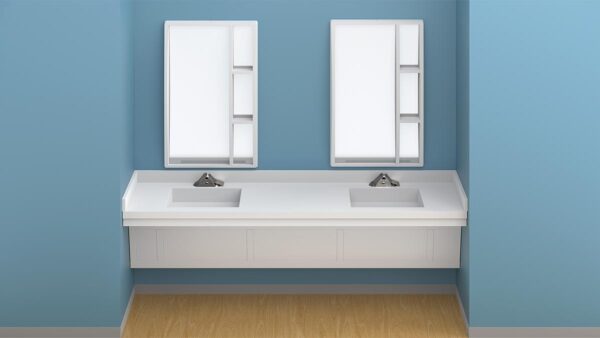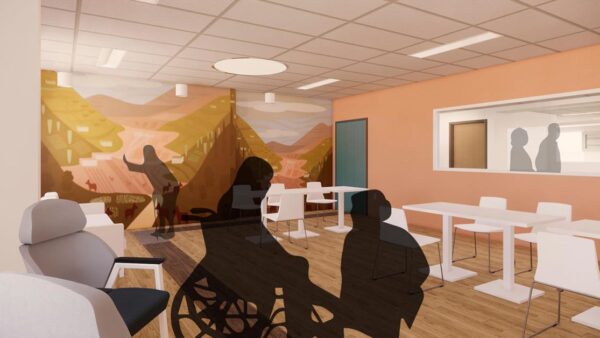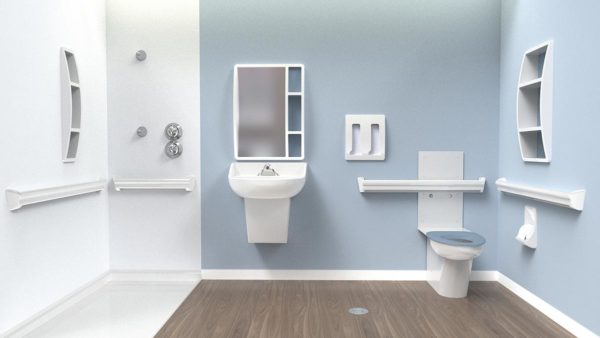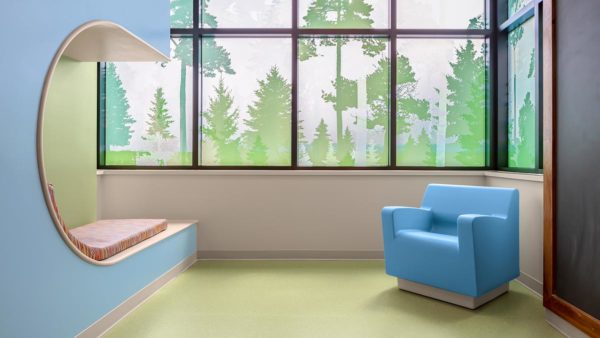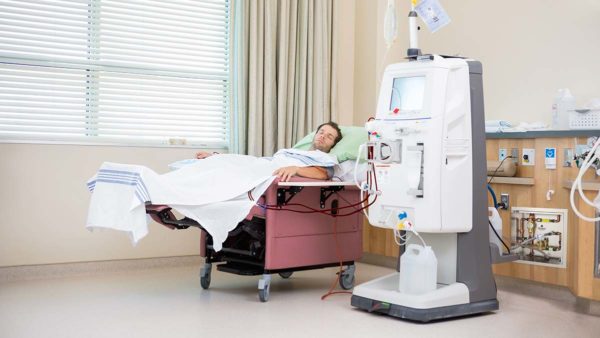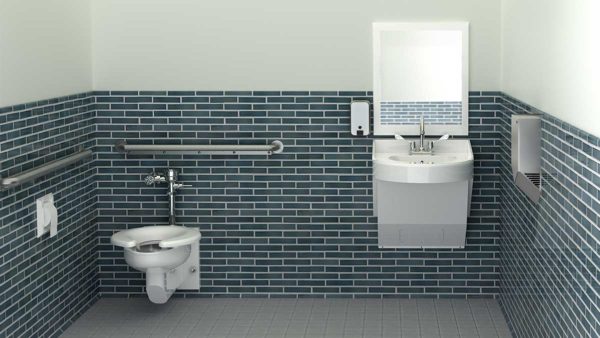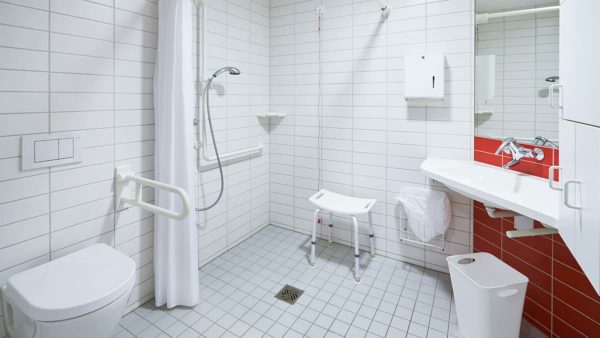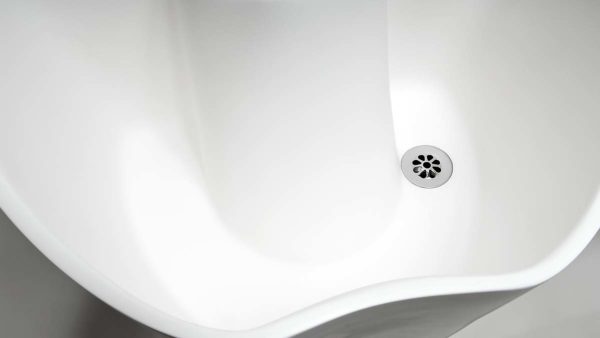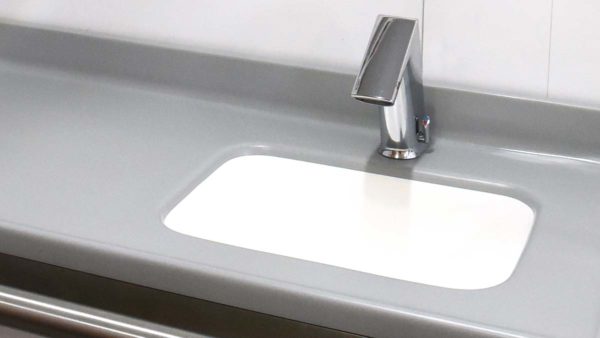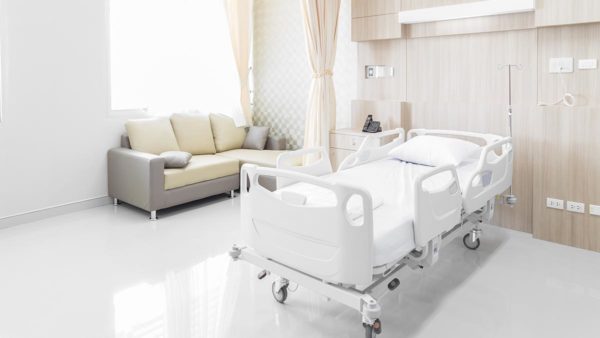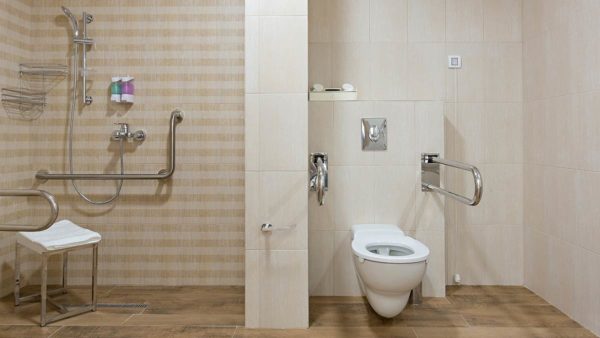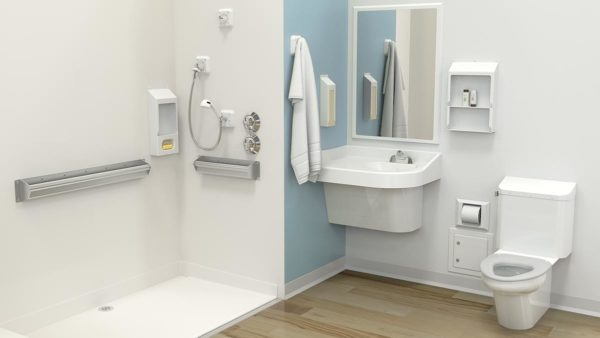
Whitehall Manufacturing Blog
Stephen Parker: Defying Stigma by Dignity-Driven Design
Some stigma and misunderstanding still surrounds behavioral healthcare facilities within the architecture field. Stephen Parker advocates for humanizing psychiatric spaces through intentional design choices that promote dignity, starting with patient autonomy and agency.
Whitehall’s Journey in Behavioral Health Design Innovation
We remain committed to learning from and collaborating with our customers and hope they’ll continue relying on our expertise, as well. Together we can achieve something remarkable in behavioral healthcare.
AJ Thomas: Designing Dementia Care Spaces
When it comes to designing facilities for the care of persons with dementia in the U.S., there are no codes, standards, or even robust guidelines to follow. AJ Thomas and his peers at Corgan have set out to create guidelines for inpatient and outpatient dementia-friendly healthcare design.
Bob Biggio: Commitment to Community & Environment
Bob Biggio, Boston Medical Center’s Senior Vice President of Facilities & Support Services, discusses BMC’s $300 million campus redesign, as well as its new net-zero inpatient behavioral health facility and its commitment to the community and the environment.
Mark L. Spies: Designing for Behavioral Health—It’s Not Just a Job
Mark Spies, a principal at Stengel Hill Architecture, talks about the role architecture and design play in mental health and its positive impact on patients, staff, and designers.
What Are Ligature Points and How Do You Identify Them?
Ligature points are a big concern for hospital emergency departments, behavioral health facilities, and even drug and alcohol treatment centers. Bathrooms in particular contain numerous potential ligature risks, which is why Whitehall developed the BestCare® line of plumbing fixtures and accessories.
Pandemic Prompts New Healthcare Design Trends
Two distinct healthcare design trends have appeared over the last year and a half. First is a need for flexible spaces and modular design to better meet communities’ changing requirements, and second is a systems approach to infection prevention. Read on for details and real-life examples!
Nathan Howell: Behavioral Healthcare Design for Resiliency & Connection
HKS Architects associate and project manager Nathan Howell and his colleagues have developed a different spin on the resilient design trend, considering not just the built space but the individual human perspective, as well.
Compact Sink/Eye Wash for New USP <800> Compliance
USP <800> details various safety procedures and requirements related to the handling of hazardous drugs. A hand washing sink and eyewash station must now be available in any environment where HDs are being compounded, a potential challenge when space is limited.
Scott Holmes: Human-Centered Design & Patient Safety in Behavioral Healthcare
When confined by a limited budget, behavioral healthcare facilities often make compromises on design. BWBR’s Human-Centered Safety® approach is not only designed to speed recovery while keeping all parties safe, but also to ensure that small budgets don’t result in less than satisfactory outcomes.
Whitehall Manufacturing Partners with W.D. Manor on Labor-Saving Dialysis Box
Whitehall is partnering with W.D. Manor to bring the industry’s only prefabricated modular dialysis box to market. This all-inclusive unit is designed with patient safety and the needs of healthcare facilities, designers, and construction teams top of mind.
Michele Cohen: Making Emergency Mental Healthcare Safe & Welcoming
Read our interview with Michele Cohen, principal at NORR, and get her take on addressing the design challenges brought on by the rise of patients presenting with mental health issues at hospital Emergency Departments.
Join Us in Commemorating Global Handwashing Day
We have always advocated for the importance of washing hands regularly with soap and water, but it has become an even more urgent matter in the wake of the pandemic. We’d like to take this opportunity to raise awareness of the discrepancies in the availability of basic hand washing facilities and materials worldwide.
Kimberly McMurray: Making a Difference for Patients Through the Design of the Built Environment
In this interview, Kimberly McMurray, principal at BHFC examines the ways evidence-based design can drive the changes behavioral healthcare needs during these troubling times and beyond.
The Need for Healthcare Design with Bariatric Patients in Mind
Healthcare providers are apt to interact with a relatively higher percentage of obese patients due to related conditions. Prepare your healthcare facility to meet their needs through universal design.
Alison Leonard, AIA, EDAC, on Behavioral Healthcare Design
The word “institution” can evoke negative feelings and discourage people from seeking treatment, or even talking about mental health issues. Healthcare designers and architects can help ease their fears.
Complete Healthcare Plumbing Solutions from the Morris Group Family of Companies
As a member of the Morris Group International family of companies, Whitehall Manufacturing is uniquely positioned to meet the needs of any healthcare construction or building project.
Ligature-Resistant Construction Challenges Every Healthcare Provider Needs to Know
Healthcare providers can avoid costly mistakes during new construction or retrofit projects by familiarizing themselves with the requirements of the Joint Commission and other regulatory agencies.
The Growing Need for Ligature-Resistant Products in Unexpected Places
It’s not just behavioral healthcare providers who need ligature-resistant products. If your facility interacts with potentially at-risk people, consider what steps you can take to make your patients or students safer.
Why Ligature-Resistant Products and Universal Design Are Important for All Healthcare Environments
The use of ligature-resistant products in behavioral healthcare is evident. Should hospitals, emergency care facilities, and rehabilitation/nursing homes also consider them? Absolutely, and here’s why.
Does This New Study Have Major Implications for Infection Control?
When it comes to reducing hospital acquired infections, the decisions you make when choosing fixtures for your facility can have an impact.
Can Sink Design Play a Role in the Prevention of Hospital-Acquired Infections?
HAIs are a devastating and costly problem for hospitals. Learn how design can play a role in reducing their spread and how Whitehall products are manufactured with infection prevention in mind.
Three Important Healthcare Design Trends That Are Here to Stay
These healthcare design trends have been around for some time, but they’re now receiving more support from manufacturers. What once was only an ideal is becoming reality.
Advances in ADA Design for Healthcare
Many architects and designers are shifting toward the universal design trend. When all rooms meet ADA standards, it benefits both the patients and the healthcare facility.
REACH VET—A Predictive Approach to Suicide Prevention
The Department of Veterans Affairs is working to prevent veteran suicides through pre-emptive care. Learn more about their awareness program and how you can help.
Ligature-Resistant Products’ Role in Emergency Rooms
An alarming problem is spreading in many communities across the United States. Hospital emergency rooms are seeing a rise in the number of persons under mental distress being admitted, and they are not equipped to deal with them properly.
Designing Healthcare Facilities for Disabled Workers
Many architects and designers see ADA codes as just a starting point, and they are setting the bar higher. Following certain best practices will help you design a building that is far more inclusive to employees of all abilities.
The Need for ADA-Compliant Scrub Sinks in Healthcare Facilities
Frequent hand washing is a seemingly simple way to prevent the spread of infection. But how accessible are the sinks in your facility for employees in wheelchairs?
What You Need to Know About Anti-Ligature and Behavioral Facility Design
Architects face a unique challenge when designing a behavioral healthcare facility, creating a welcoming—but safe—environment.


